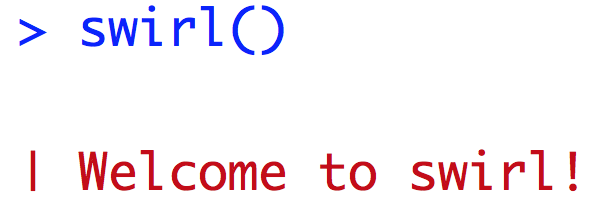Chi-squared test of independence between two categorical variables
Author(s): Matthew Aiello-Lammens
Pace University
643 total view(s), 188 download(s)
Chi-Squared Test.pdf(PDF | 2 MB)
Chi_Squared.swc(SWC | 3 KB)
- License terms
Description
By the end of this lesson, the student should be able to 1) construct a contingency table using R, 2) use the `chisq.test` function to perform a chi-squared test of independence, and 3) interpret the results of this test. The example in this lesson uses data from Roberts, J. 1993. Regeneration and growth of coolibah, Eucalyptus coolibah subsp. arida, a riparian tree, in the Cooper Creek region of South Australia. Australian Journal of Ecology 18, 345–350. A more detailed analysis for this case study can also be found in Logan, M. 2010. Biostatistical Design and Analysis Using R. Wiley-Blackwell. PP 478-480.
This lesson was used in MAT 141: Introduction to Statistics for Life Science at Pace University (Pleasantville, NY). The class was comprised of primarily 2nd and 3rd year Biology, Biopsychology, Health Science, and Environmental Science students, with a small number of 1st and 4th year students. The students worked through this swirl lesson after receiving a lecture on Chi-squared tests (approximately 1 hour). The lecture material was primarily based on those available from the OpenIntro Statistics (https://www.openintro.org/stat/textbook.php?stat_book=os) resources (https://docs.google.com/presentation/d/1BQ7kVN8IEWTCXENiFLdGXjsfbZijxCIgqbMpxLkujAc/edit#slide=id.g18ef082036_0_0). Students were encouraged to work in pairs as they proceeded through the lesson.
Cite this work
Researchers should cite this work as follows:
- Aiello-Lammens, M. (2019). Chi-squared test of independence between two categorical variables. Reducing Barriers to Teaching with R in Undergraduate Biology, QUBES Educational Resources. doi:10.25334/Q4244V
